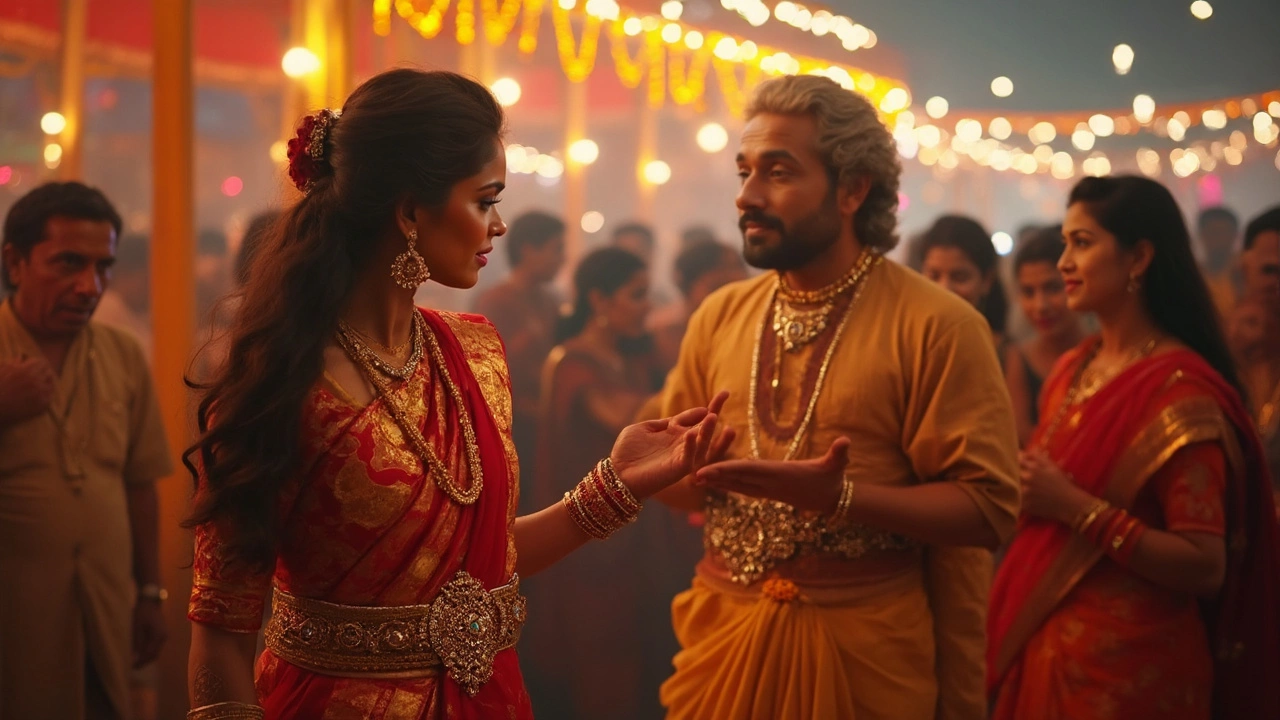Indian Waist Chain: Styles, Meaning, and How to Wear
When it comes to Indian waist chain, a decorative belt that sits around the midriff, often part of bridal and festive attire. Also known as kamarband, it adds sparkle and cultural flair to any outfit. The waist chain is more than a fashion piece; it signals tradition, status, and regional identity. Mangalsutra, a sacred necklace symbolizing marital bond shares a similar spiritual weight, and both often appear together in South Asian wedding ceremonies. The connection between a waist chain and a mangalsutra shows how body adornments can represent personal milestones while staying rooted in heritage.
Materials, Designs, and Their Ties to Traditional Indian Jewelry
Most Indian waist chains are crafted from gold, silver, or high‑quality imitation metals that mimic real gold. When a waist chain is made of 22K or 24K gold, it falls under the broader category of gold jewelry, pieces stamped with purity marks like 750 or 916, valued for both aesthetics and investment. Gold waist chains often feature intricate filigree, temple motifs, or tiny gemstone clusters that echo the patterns seen in traditional necklaces and bangles. Silver variants can be lighter for daily wear yet still carry the same cultural resonance. Imitation waist chains use gold‑toned plating to provide the look of real gold at a fraction of the price, making them popular for fashion‑forward shoppers who want the heritage feel without heavy cost. The choice of material influences not only the price but also the occasions on which the waist chain is appropriate – richer metals for grand weddings, lighter finishes for festivals or casual gatherings.
Regional styles dictate how a waist chain is paired with other accessories. In North India, a wide, beaded kamarband is often teamed with a heavy mangalsutra and matching choker, creating a layered effect that honors the bride’s family lineage. In South India, a slim gold chain may sit close to the navel, complementing a traditional silk sari and a simple pendant. The waist chain’s design also determines its functional role: some have clasp‑free slip‑on designs for quick dressing, while others feature a subtle hook that ensures a secure fit during energetic dance performances. Caring for a waist chain involves gentle cleaning with a soft cloth, storing it separately from other jewelry to avoid scratches, and, for gold pieces, occasional polishing to retain its shine. Understanding these practical aspects helps you choose a waist chain that not only looks stunning but also lasts through many celebrations.
Whether you’re planning a wedding, attending a festive gathering, or simply looking to add a touch of tradition to everyday wear, the Indian waist chain offers a versatile way to showcase cultural pride. Below you’ll find articles that dive deeper into related topics – from the symbolism of the mangalsutra to buying tips for gold jewelry and the latest trends in imitation accessories. Explore the collection to discover how each piece fits into the larger story of Indian adornment, and pick up practical advice that will guide your next purchase or styling decision.
